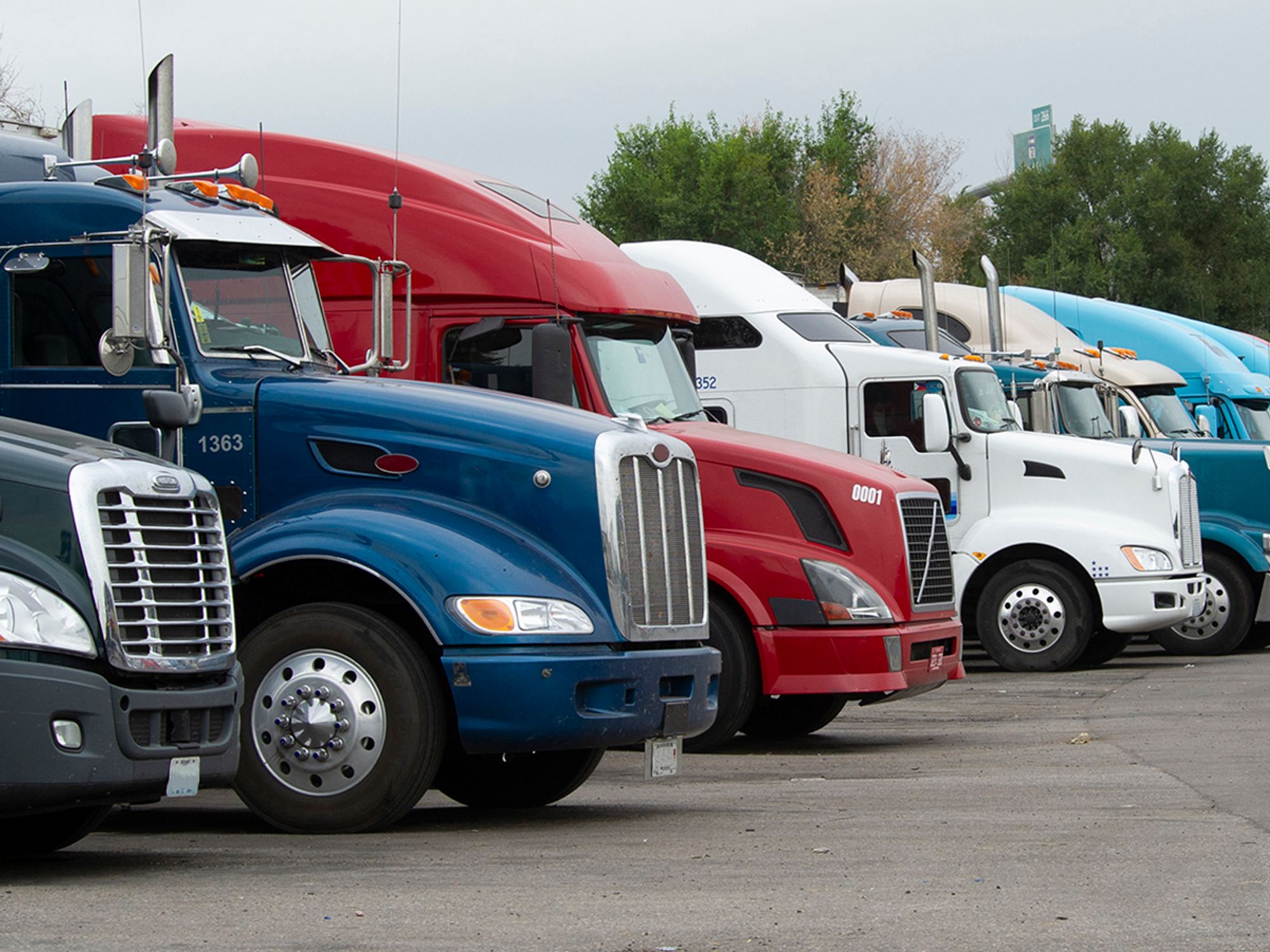What are security best practices while in-transit?

- Train drivers to follow best security practices while on the road to keep cargo and the individual safe.
The following driver actions while on the road can help reduce the likelihood of cargo theft or tampering and personal injury.
When leaving the shipper
Employers should train drivers to be especially alert when leaving a shipper. Criminals have been known to wait outside of distribution centers to follow trucks until the vehicle stops. Tell drivers to be aware near signal-regulated highway on- and off-ramps. These are prime vehicle hijack areas.
When leaving a shipper, drivers should:
- Keep tractor doors locked and windows rolled up until out on a major road or highway;
- Be conscious of other vehicles that may be following the driver over long distances; and
- Be very suspicious of motorists that are signaling a driver to stop or pull over.
Driver check-ins
Companies can use regular driver check-ins help keep the motor carrier informed and up to date. A daily check-in with supervisors while out on the road can serve as an early warning system if a driver fails to make normal contact.
Refrain from discussing load-related information
Information — such as load content, pick-up and delivery schedules, and routing — should never be discussed with anyone while out on the road. Train employees accordingly.
Stop and park safely and securely
Train drivers to only stop when needed at reputable truck stops or high-traffic rest areas.
Best practices include:
- Parking in well-lit areas where other trucks are present. Criminals do not like crowds.
- When possible, backing the trailer against a wall or fence to add additional security to the load.
- Avoiding dark freeways or deserted areas to stop while waiting to make deliveries.
- Locking the vehicle.
Be suspicious of anyone asking the driver to stop
A frequent ploy used by hijackers is to create a scenario that forces or compels the driver to stop.
Drivers who become a victim of hijacking should:
- Always do as instructed; and
- Be good witnesses by paying attention and listening carefully.
Inspect the vehicle
The equipment should be inspected after each stop or rest period. In addition to conducting a normal inspection of safety-related items, drivers should also check security seals and look for anything unusual or suspicious on the vehicle.
